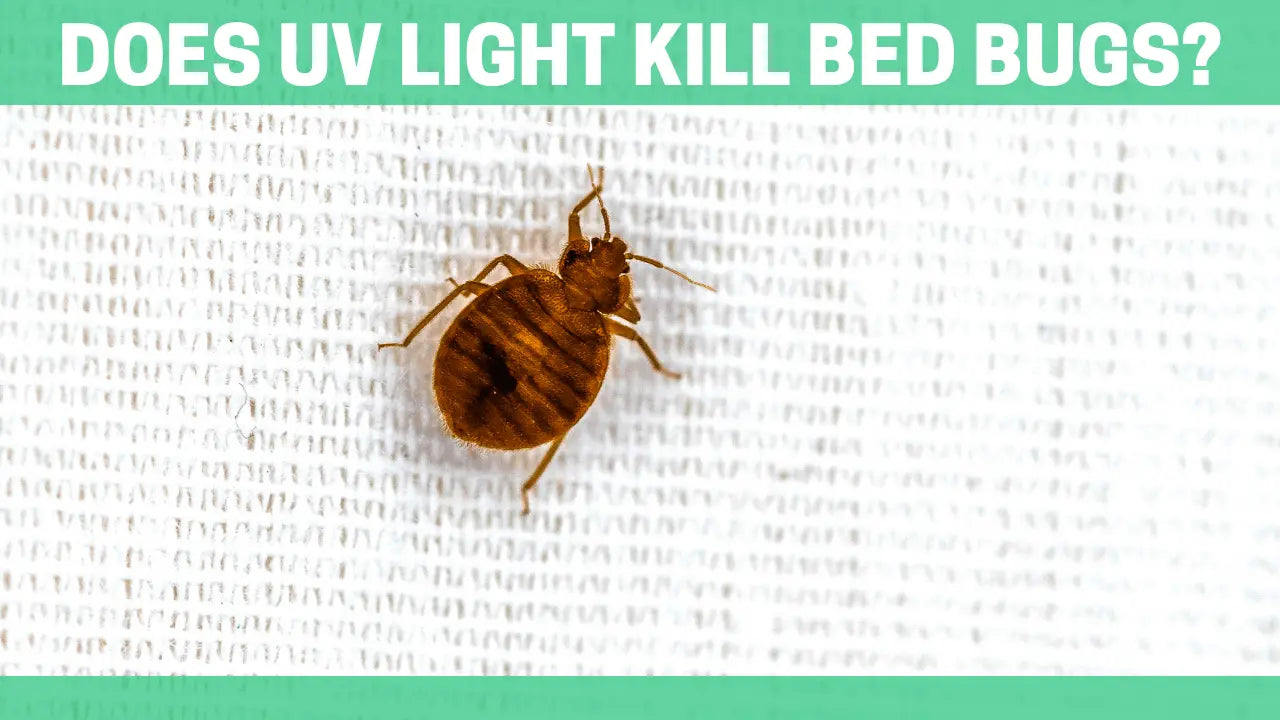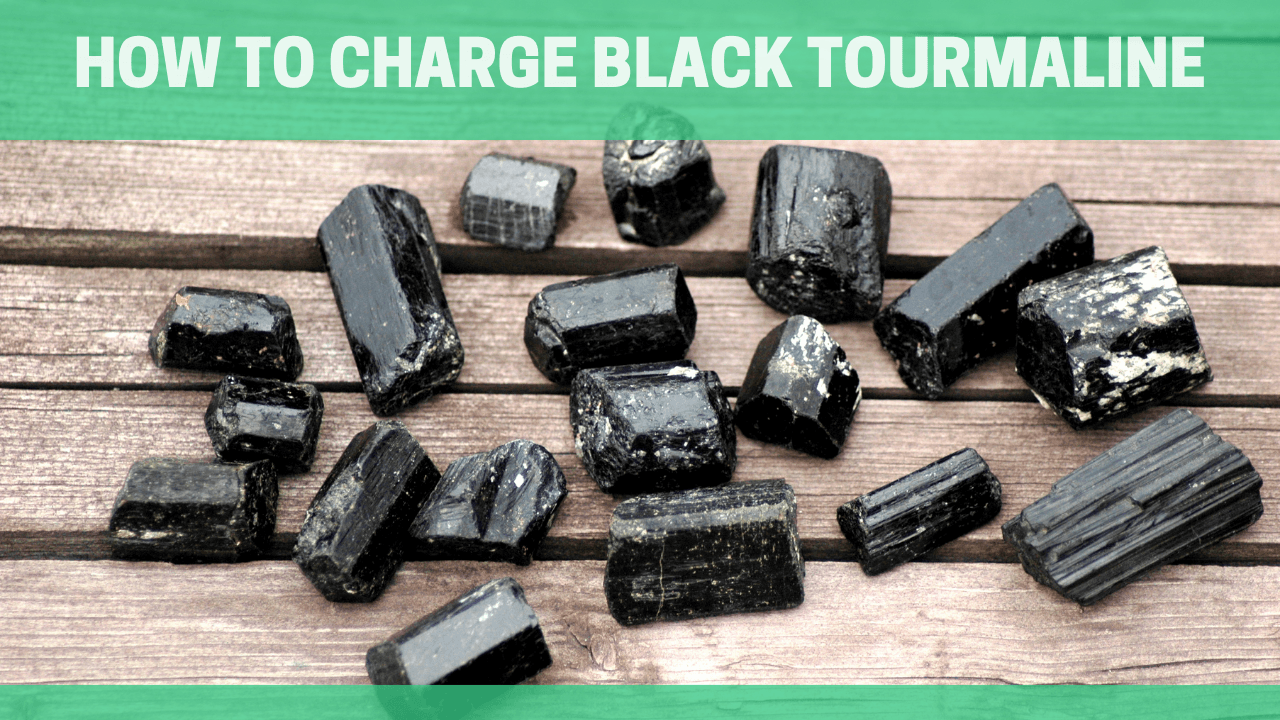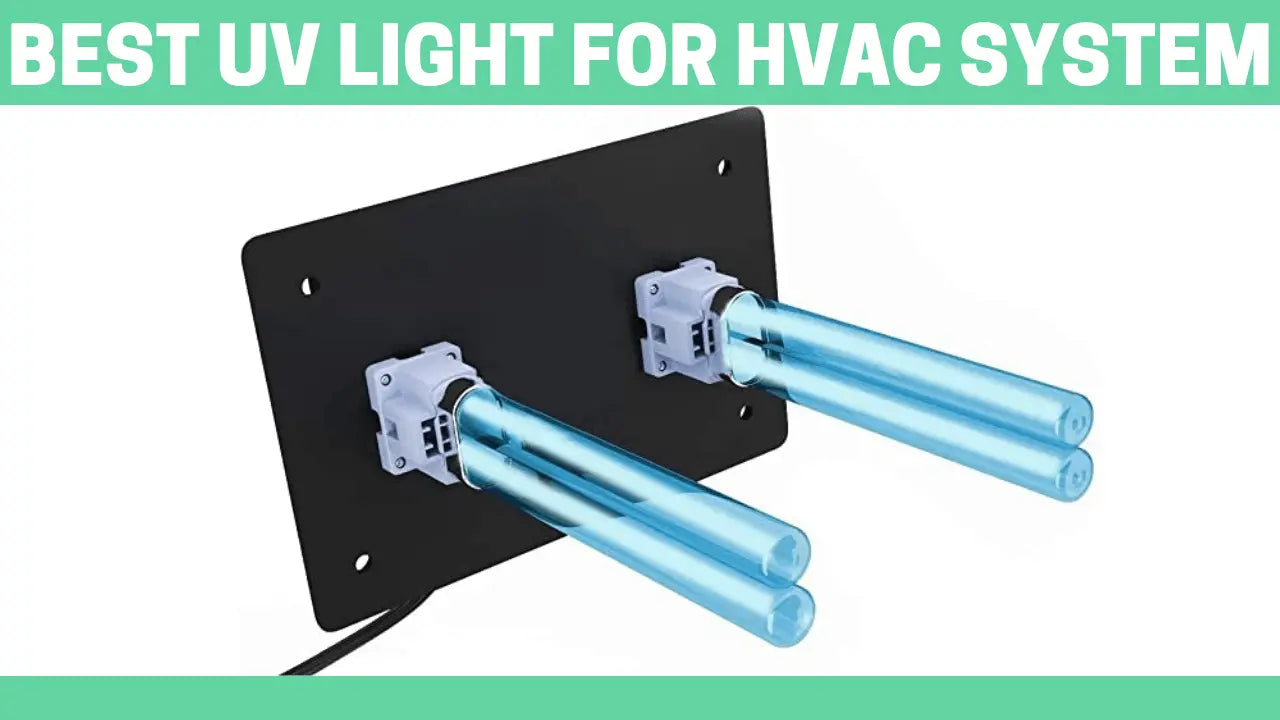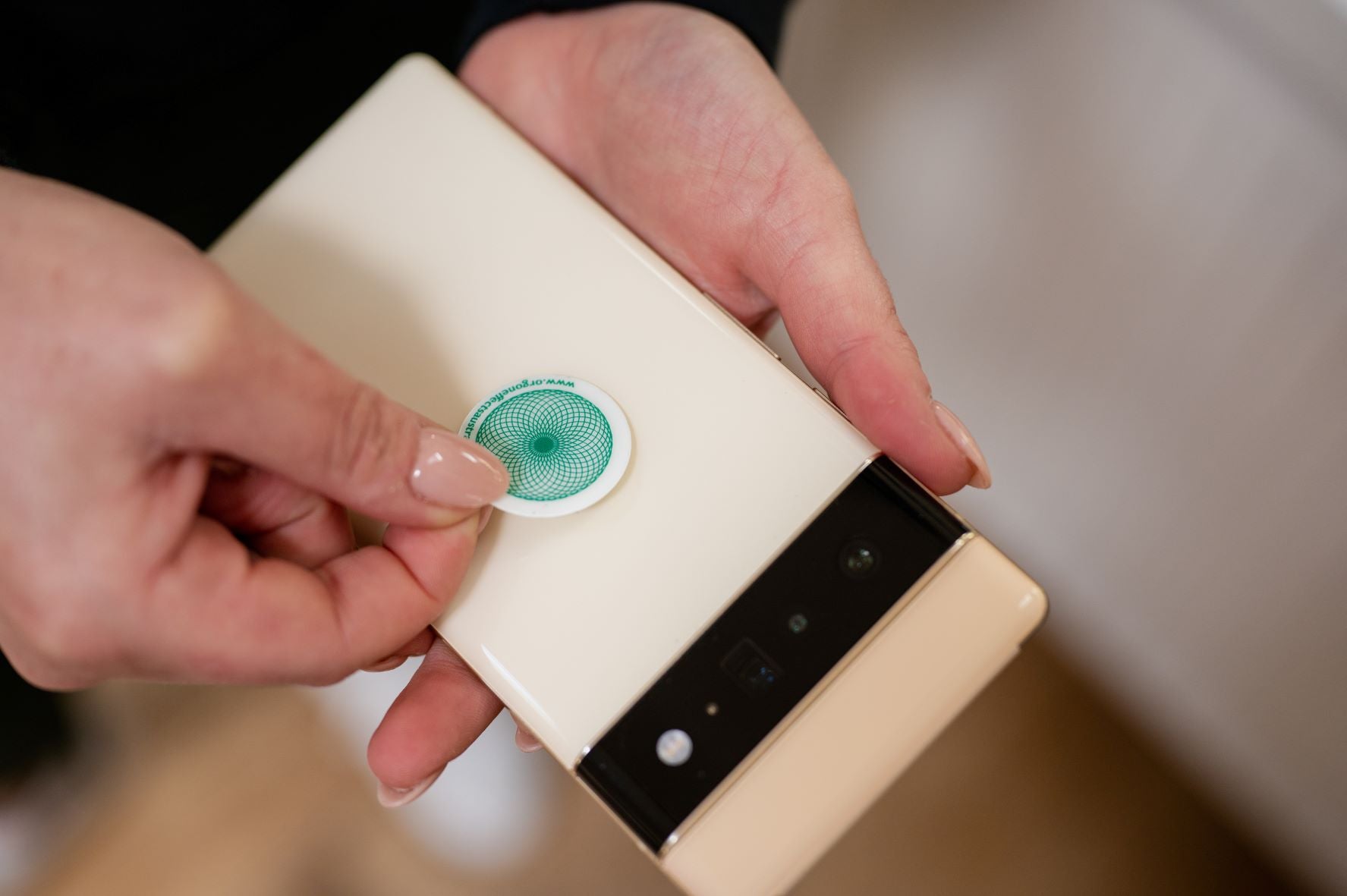Are you tired of waking up with itchy bites and mysterious red marks on your body? You may be facing the dreaded bed bug infestation.
These tiny pests have become an increasingly common problem in homes, hotels, and even public transportation. But fear not, because a breakthrough in technology is here to help. Introducing UV technology, a game-changer in the battle against bed bugs.
With its ability to reveal the true appearance of these elusive creatures, UV technology is shining a light on the hidden world of bed bug infestations.
Get ready to uncover the secrets of these nocturnal pests and gain the upper hand in the fight against bed bug infestations.
Although ultraviolet light is not the most effective way to kill bed bugs, our Handheld UV Light Sanitizer can be a useful tool for detecting and repelling bed bugs.
Read on to find out how ultraviolet light can help in your quest to detect and kill bed bugs.
The Importance of Detecting Bed Bug Infestations
Bed bug infestations are not just a nuisance; they can have serious consequences for both individuals and businesses.
These pests feed on human blood and their bites can cause a range of health issues, including itching, allergic reactions, and even secondary infections.
Additionally, the presence of bed bugs can lead to emotional distress, sleep disturbances, and a decline in overall well-being.
For businesses such as hotels, the reputation damage caused by a bed bug infestation can be devastating. Detecting bed bug infestations early on is crucial to prevent their spread and minimize the negative impact they can have.
Check out: Seeing Beyond the Naked Eye: How UV Light Can Reveal the Hidden Colors of Bed Bugs
Traditional Methods of Detecting Bed Bugs
In the past, detecting bed bugs was a challenging task that often relied on visual inspections and the use of sticky traps. While these methods could sometimes yield results, they were far from foolproof.
Bed bugs are excellent at hiding in tiny cracks and crevices, making them difficult to spot with the naked eye.
Additionally, their ability to quickly reproduce and infest multiple areas of a property meant that traditional methods often fell short in effectively identifying the extent of an infestation.
The Limitations of Traditional Detection Methods
One of the main limitations of traditional detection methods is their reliance on human visual inspection.
Even trained professionals can miss bed bugs or their eggs, especially in cluttered or hard-to-reach areas.
Moreover, bed bugs are nocturnal creatures, making it even more challenging to detect them during the day.
Sticky traps, while useful in capturing bed bugs, may not provide a comprehensive picture of the infestation, as they cannot differentiate between live bugs and dead ones.
These limitations highlight the need for a more advanced and reliable method of bed bug detection.
Introducing UV Technology for Detecting Bed Bugs
Get your Handheld UV Light Sanitizer
Enter UV technology, a revolutionary approach to bed bug detection. UV technology utilizes ultraviolet light to reveal the presence of bed bugs and their eggs, even in the most hidden corners of a room.
This technology takes advantage of the fact that bed bugs and their eggs fluoresce under certain wavelengths of ultraviolet light.
By shining a UV light in a dark room, the bed bugs become visible, providing a clear indication of their presence.
How Does UV Technology Work?
UV technology works by emitting specific wavelengths of ultraviolet light that cause bed bugs to fluoresce. This fluorescence occurs due to the presence of certain compounds in the exoskeletons of bed bugs and the eggs.
When exposed to the UV light, these compounds emit a visible light, making the bed bugs and their eggs stand out against the surrounding environment.
By using UV technology, detection becomes much easier and more accurate, allowing for targeted treatment and eradication of bed bugs.
Advantages of Using UV Technology for Bed Bug Detection
There are several advantages to using UV technology for bed bug detection. Firstly, it provides a non-invasive and non-toxic method of detection, making it safe for both humans and pets.
Unlike chemical-based treatments, UV technology does not require the use of pesticides, making it an environmentally friendly option.
Additionally, UV technology is highly effective in detecting even the smallest bed bug infestations, ensuring that no bugs or eggs are left behind.
This accuracy helps prevent the recurrence of infestations and reduces the need for repeated treatments.
What Do Bed Bugs Look Like Under a UV Light?
Many arthropods, including insects, glow under ultraviolet light. The biological reasons for their glow are not fully understood.
However, we know that they have exoskeletons made out of a fingernail-like material. It is thought to be a holdover from an earlier evolutionary period when larger ancestors had to spend more time in the sun and block incoming ultraviolet radiations. Or it could be to help them identify with each other.
Either way, that’s why it’s possible to check for bed bugs with a UV light. They glow when exposed to UV rays.
Can Ultraviolet Light Kill Bed Bugs?via GIPHY
Although ultraviolet light can be a useful tool for detecting and repelling bed bugs, know that light alone will not kill them.
We all know that bedbugs are desirous of darkness and want to avoid light at all costs, but there is no evidence that light can kill them.
The main reason is the generation of heat. Ultraviolet light would take a long time of shining on the bed bugs to generate enough heat to kill them.
Also, many insects, including bed bugs, are sensitive to bright light, so ultraviolet light may scare them away.
Once discovered or disturbed, they could still extend their hiding places. So if you want to kill them instantly, you’d better trap them in a bottle or container and shine the light on them until it reaches 120°F to kill them.
Bed bugs can be detected with ultraviolet light detectors, but the device cannot destroy them.
A bed bug had to be caught and ultraviolet light had to be directly shined on it for some time to heat and kill it.
So UV light is a perfect device for detection, but not enough to kill bed bugs in the room.
How Does Ultraviolet Light Detect Bed Bugs?
Ultraviolet light is similar to normal light. Both are types of radiation. Both are produced by bodies like the sun, and both work in the same way.
The only difference is where they are in the light spectrum. Visible light refers to the light that we can see. Different wavelengths of light appear to us in different colors, e.g. green, yellow, red, and blue. As a rule, higher wavelengths deliver more light energy.
UV light delivers more energy than visible light, so it has a higher wavelength. It is not visible to the naked eye. If you shine a ultraviolet light (black light), it can appear dark purple. This is because blue/dark purple is visible light’s highest wavelength we can see. The rest of the emitted light is invisible to us.
In all cases, ultraviolet light interfaces with substances known as phosphors. A phosphor is anything that is luminescent, meaning it absorbs energy and emits it as light. Here are examples of phosphors:
- Nails and teeth
- Laundry detergent
- Certain types of ink
Phosphors absorb some of the energy from UV light. Afterward, they give off energy, not as heat as other substances, but as visible light. We take advantage of this physical reaction, for example by using special inks on banknotes that are only visible under ultraviolet light.
How to Detect and Kill Bed Bugs with Ultraviolet Light?
By now, you should know that the ultraviolet light detector can detect bed bugs, but it isn’t an effective option in eliminating bedbugs.
So, to help you get rid of bed bugs, we will show you some more detailed instructions. The battle against bedbugs is long. We hope that following these guidelines will make it easier for you:
Step 1 - Arrange the Room
Before going into details, you should first focus on the big picture. If your space is always messy, it will take time to find bed bugs. You must take care of your room before you start your search.
- Clean up all the clutter. If you put your clothes, books, or boxes under your bed or anywhere bed bugs can hide, you should pack them up and keep them outside your cleaning room and handle them later.
- Seal off all exit points. When you start to get rid of bed bugs, they will surely spread around to escape and all you have to do is block all possible exit points. The most important point to pay attention to is under the door. You can cover it with a few clothes. Any cracks in the cabinet or wall are also exit points.
- Slide the bed in the middle. Separating the bed from other furniture will help prevent the spread of bed bugs. Once you are sure that your room is ready, you should move on to the next step.
Step 2: Detect bed bugs with ultraviolet light
- Remove and pack all bedding. Alternatively, you can place them in a clear plastic container to inspect your bedding later.
- The main areas to focus on are your bed frame and mattress. These places are often conducive to bug nests. First, we will inspect the mattress. You will need to turn the mattress over and inspect under the zippers, on the sides of the mattress, and under the buttons that are part of the mattress. If there is a potential crease anywhere in the mattress, it can be a prime hiding spot. Note: You should not only detect bed bugs, but their old shells, droppings, eggs, and nests as well. They all glow under ultraviolet light.
- After examining the mattress, turn the bed frame over to examine it. You should pay special attention to certain areas, such as gaps, joints, and holes. These are the places where they lay their eggs.
- Continue to examine the other furniture in the room, which they are likely to hide. You can start with the bedroom first and then move on to other rooms.
Note: Once you find the bed bugs, put one in a sealed jar and pour one teaspoon of rubbing alcohol into it. Exploring what kind of insects in your home could help you get rid of them completely. Just take them to an insect exterminator or entomologist to determine what species you had.
Step 3: Trap the insect infestation
- After finding the bed bugs, you must trap them to eliminate them. An easy and quick way to trap bugs is to use a vacuum cleaner. You should vacuum the detected areas, such as floors, box springs, baseboards, frames, and other furniture that they like to hide.
- Seal the vacuum bag and throw it away. Then clean the vacuum cleaner thoroughly.
A tip and a trick for you: diatomaceous earth is an excellent insect repellent that you can put a small amount in the bag, then seal, shake a little and throw the bag away. (Note: We recommend using diatomaceous earth as, unlike other bed bug insecticides or sprays, it is very environmentally friendly and flammable. However, do not use it near a vacuum cleaner.)
Step 4: Kill bed bugs
Natural Methods
You can try eliminating bed bugs without chemicals first. Keep in mind that high heat of 115°F or severe cold of 32°F can easily kill these insects. Here are some ways to use heat to kill bed bugs:
- Wash bedding and clothes in hot water for 30 to 40 minutes. Then tumble dry for about 30 minutes on the highest heat setting.
- Bag these infested items and leave them outside in the sun or a locked car. However, it may take 2 to 5 months to completely remove sealed bugs.
- Put these bags of bed bugs in the freezer at 0 degrees Fahrenheit. Leave them there for at least 4 days.
Other Methods
Another effective way to kill bed bugs is with a steam cleaner. This type of vacuum can produce steam between 200 and 300 degrees, which can kill bed bugs once they enter the vacuum. This product produces low moisture vapor and high temperatures, making it ideal for cleaning. In addition, it has a small nylon brush to remove even small eggshells.
How Can You Prevent a Bug Infestation?
Although it is possible to eliminate bed bugs, it will definitely take some time and effort. For this reason, we strongly recommend that you take all preventive measures to avoid a bug infestation. Take the following preventive measures to avoid bed bug infestations in the first place.
- Cover electrical outlets adequately, since they are the ideal hiding place for these hitchhikers.
- Eliminate clutter inside and outside your home to reduce bed bug hiding spots.
- Vacuum floors, box springs, and mattresses, frequently to eliminate these pests.
- Use door sweeps to prevent bed bugs from entering other parts of your house.
- Be vigilant before buying used furniture and electronics, carefully inspect for infestation.
- Fix broken windows and screens promptly.
- Use a silicone-based sealant to seal any holes, cracks, gaps, and other possible entryways.
- If you travel frequently, always keep your clothes in an airtight bag as most bed bugs originate from motels and hotels.
- Check your pet’s bed and surrounding area for bed bug infestations. Wash it daily in the washing machine in the highest heat setting.
- Watch out for bed bugs in public places like dressing rooms.
Does UV Light Kill Bed Bugs?
Living with bed bugs is the pits. Thankfully, even the most stubborn infestation can be eliminated, so don’t lose hope.
Instead, use the brilliant ideas in this guide to fix your bed bug problem permanently. However, remember that you should always take proper precautions when using UV lamps to detect or exterminate insects. Read all relevant instructions and keep the beam away from your eyes. It’s easy to be overzealous, especially where bed bugs nest; you just want to get rid of them at any cost.
Using our Handheld UV Light Sanitizer to detect the bed bugs that are plaguing you is a brilliant, high-tech solution to an age-old problem.
Thanks to modern science, you can have a tool in your hand that will detect these creepy creatures.
Even though ultraviolet light is an excellent tool for bed bug detection, it is generally not the most suitable to kill them.
This would require a lot of work as ultraviolet light is too slow to kill bed bugs. Powders (diatomaceous earth), heat, and insecticides are the only proven ways to kill bugs. Therefore, our Handheld UV Light Sanitizer is a perfect tool for detection but not elimination.






